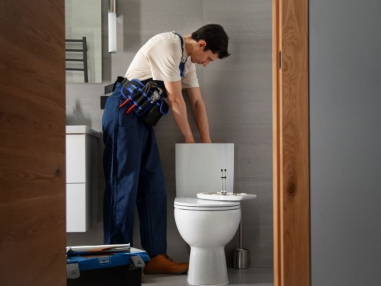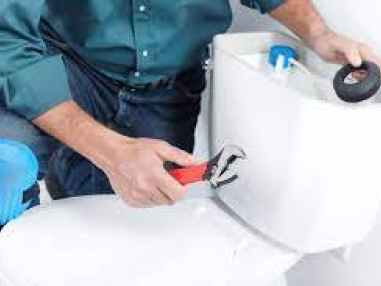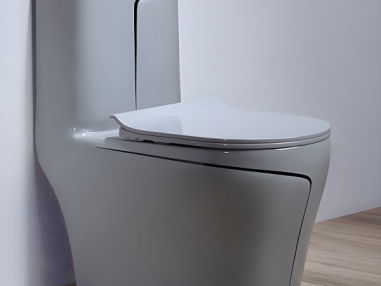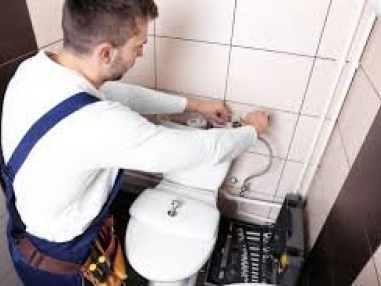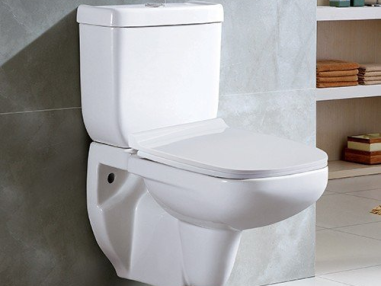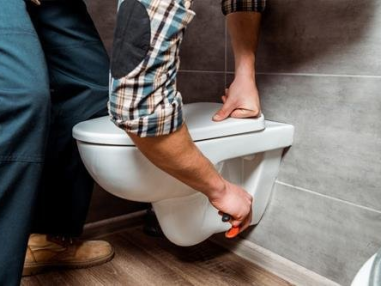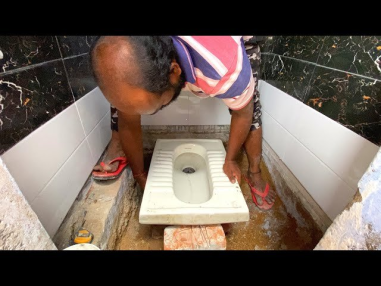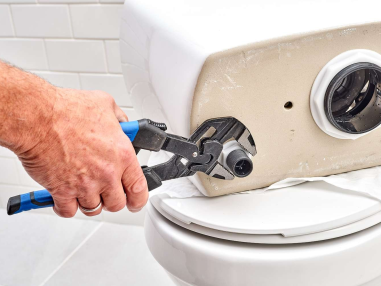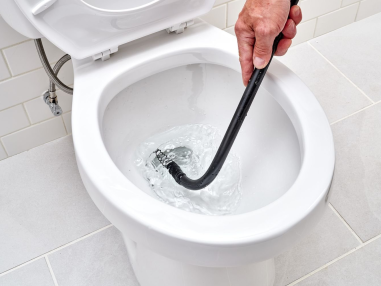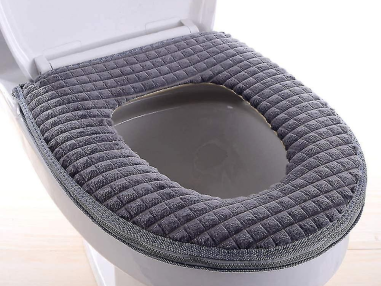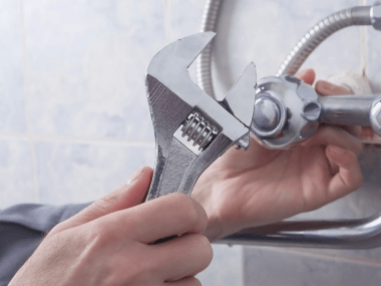
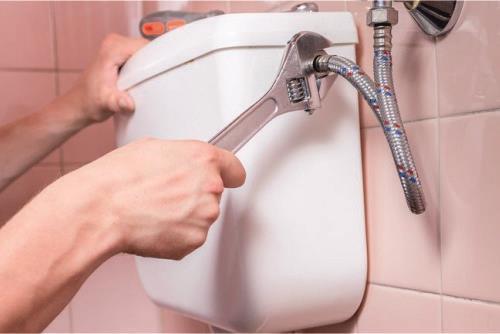
Flush tank repairs are common plumbing tasks. Depending on the severity of the problem, you might be able to tackle it yourself. Here's a breakdown to help you decide between and calling a professional plumber:
Flush Tank Repair (Possible for):
Minor Leaks: If you have a small leak around the base of the tank, the toilet seat connector, or the flapper valve, you might be able to fix it yourself.
Running Toilet: A constantly running toilet is often caused by a worn-out flapper valve or a faulty fill valve. These are relatively simple replacements.
Clogged Flush Tank: Clogs limited to the flush tank itself can sometimes be resolved with a plunger or by removing the clog manually.
Tools You'll Need :
Adjustable wrench
Screwdriver (flathead and Phillips)
Replacement parts (flapper valve, fill valve, tank gasket, depending on the issue)
Plunger (for clogs)
Work gloves (optional)
Bucket (to catch any spills)
Steps Involved in Flush Tank Repair (General Overview):
Turn off the water supply: Locate the shut-off valve for the toilet and turn off the water supply. This prevents further water accumulation while you repair the
tank.
Drain the tank: Flush the toilet to empty the tank as much as possible. You can also use a cup to remove any remaining water.
Identify the problem: Carefully examine the tank components (flapper valve, fill valve, float cup, etc.) to identify the source of the leak, running water, or clog.
Repair or replace the faulty part: Depending on the issue, replace the worn-out flapper valve, fill valve, or tank gasket with new parts following the manufacturer's
instructions.
Reassemble the tank: Put everything back together securely, ensuring proper positioning of the flapper valve and a tight seal around the tank gasket.
Turn on the water supply slowly: Open the shut-off valve gradually and check for any leaks around the connections. Tighten if necessary.
Test the flush: Flush the toilet to check if the repair addressed the problem. Ensure the tank refills properly and the toilet flushes completely without leaks or
overflow.
Important Considerations for Flush Tank Repair:
Identify the problem correctly: Misdiagnosing the issue can lead to incorrect repairs and persisting problems.
Purchase the right replacement parts: Ensure the replacement parts are compatible with your specific toilet model.
Follow instructions carefully: Improper installation of replacement parts can cause leaks or worsen the problem.
When to Call a Professional Plumber:
Major Leaks or Cracked Tank: If the leak is significant or the tank itself is cracked, it's best to call a professional plumber to assess the damage and recommend
the best course of action.
Complex Toilet Systems: For toilets with complex flushing mechanisms or pressure-assisted systems, a professional plumber has the expertise to diagnose and repair
the issue effectively.
Hidden Leaks or Wall Damage: Leaks originating from the toilet's connection to the wall or floor, or leaks causing visible damage to the bathroom walls, require
professional attention to prevent further water damage.
Limited Experience or Confidence: If you lack confidence in your DIY skills or the problem seems beyond your comfort level, don't hesitate to call a professional
plumber for a secure and lasting repair.
By carefully assessing the severity of the problem and your skills, you can decide whether to tackle a flush tank repair yourself or call a professional plumber to ensure a water-efficient and functional toilet system in your bathroom.
